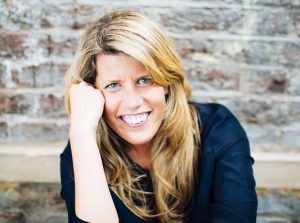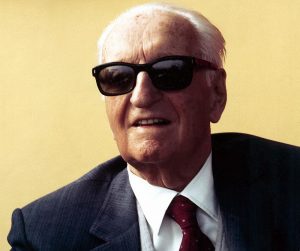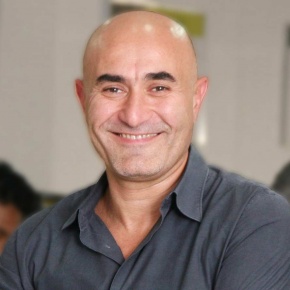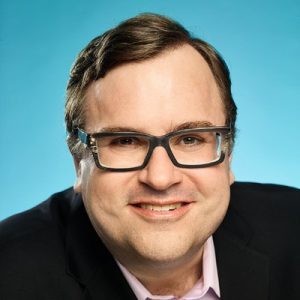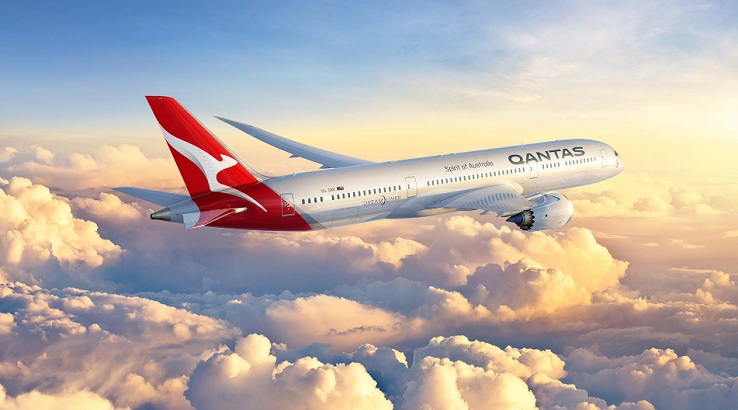Terry Gou : The Founder & Chairman of Foxconn
Terry is also called the Trump of Taiwan for his resemblance to the former in the matter of wealth, influential business empires and the number of marriages. Always avoiding the media attention this business tycoon knows how to handle the competition as well as the market pressure. Even being a part of many controversies, he never failed to amaze people with his tactics. By never compromising the quality, Terry’s Foxconn has become one of the biggest electronics contract manufacturing companies.
Early Life
Gou was born on 8 October 1950, in Banqiao, Taipei County, Taiwan. His father was in the police. His parents moved from China to Taiwan in 1949, when the civil war occurred in China. Terry is the elder son among the three children of his parents. Later, his brothers Tai-Chiang Guo and Tony Guo also became successful businessmen of Taiwan.
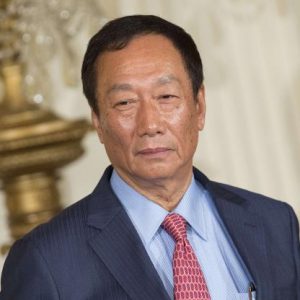
Gou received a proper high school education followed by a college graduation. Until the age of 24, he tried his luck in every kind of jobs, from working in a rubber factory and at a grinding wheel, to working in a medicine plant.
Founding of Foxconn
After working at the various places, in 1974, Gou started a company named Hon Hai, in his hometown in Taiwan. He investing $7500, rented a shed and employed ten elderly persons as his first workers. His company produced the parts of television sets. In 1980, he received his first big order of making console joysticks, from Atari. After completing a big order, an encouraged Gou thought of expanding his business and approaching many other big companies. So he flew for an eleven months long business trip to the USA.
Despite being uninvited at many places, Terry’s stubbornness helped him to break into companies and receive many orders from them. He was even kicked out of many places several times. His determination made him grab other greatest opportunities and hence, he managed to establish his largest factory in mainland China, in Shenzhen, in 1988.
Terry was hardworking and was always aware of his goals. His hard work paid off and he soon bagged many big deals with multinational companies like IBM, Blackberry, Intel, Playstation, HP, Apple, etc. Today, he is one of the biggest tech giants and in 2016, Forbes listed his net worth at US$10.6 billion. Along with Foxconn, he also owns the HMD Global, that sells Nokia branded phones.
Personal Life
Terry has lived a controversial professional as well as private life. He has been in the spotlight for his sharp comments and also for his affairs. One of his affairs also led him to a blackmail situation. Even the police were involved which later got control of the situation, but, the case ruined his reputation.
Terry was married to Serena Lin. In the year 2000, he started an educational charity with Lin and donated one-third of his wealth to charity. Lin died in 2005 from breast cancer. He has a son and a daughter with her.
Later, he married Delia Tseng, on 26 July 2008. Tseng is a choreographer by profession. The two have three children together. Terry and Delia have decided to donate 90% of their wealth to charity.

Yashica is a Software Engineer turned Content Writer, who loves to write on social causes and expertise in writing technical stuff. She loves to watch movies and explore new places. She believes that you need to live once before you die. So experimenting with her life and career choices, she is trying to live her life to the fullest.
